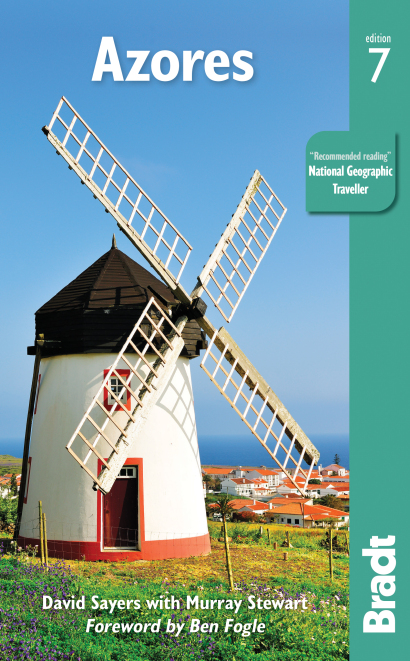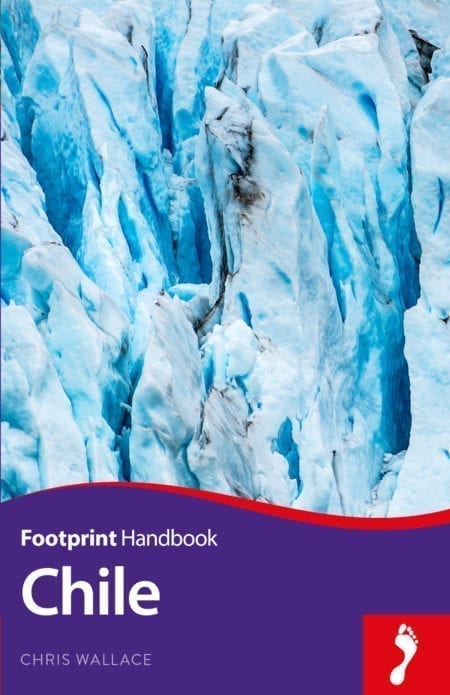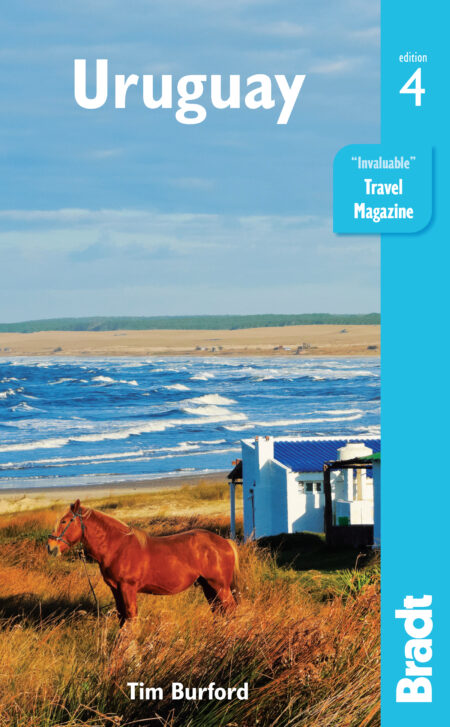Blue Lagoon, Iceland
This is the first port of call for hot springs. Blue Lagoon, or Bláa Lónið, is the most visited destination in Iceland, the proverbial ‘T-shirt’ proving you’ve been to the country. In the midst of the spooky black lavascape that is Reykjanes, the ethereal blue waters of this enormous manmade hot spring seem absolutely weird and strangely inviting.
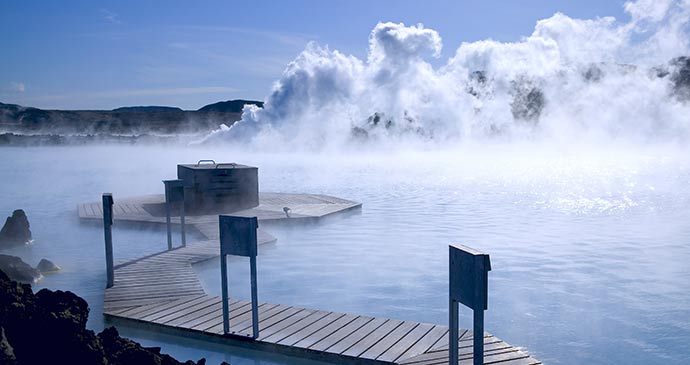
The minute you see a picture, you have to go, and once you’ve been, you have to go back. With every billboard, brochure, and tour guide pointing this way, it’s hard to avoid it.
Budapest, Hungary
Hungary is afloat on a hot reservoir of water that breaks the surface through natural springs and drilled wells. The thermal water absorbs minerals from the earth’s crust, and the Ministry of Health has recognised the medicinal properties of 50 of the country’s baths.
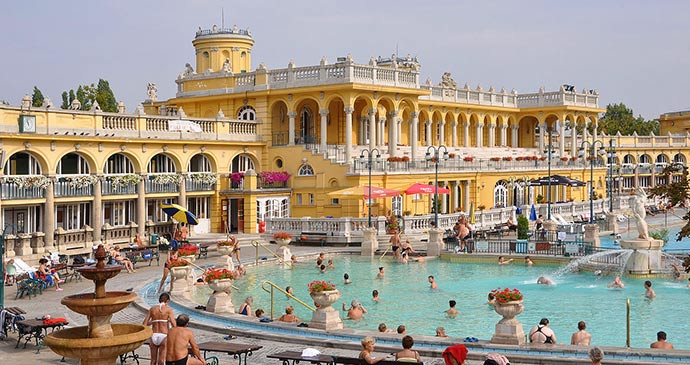
Budapest itself stands on a fault line dividing the Buda Hills from the Great Plain; three million litres emerge daily, feeding around 40 baths and seasonal pools, 15 with medicinal ranking. It is surely unique among the world’s capitals in offering such a crowd of places for warming wallows.
Pucón, Chile
There are a dozen or so termas east of Pucón, ranging in temperature from 30° to 45°C and in quality from the very basic to the very luxurious. The Termas de Palguín is the oldest in the area, and has a decent hotel; day visitors must pay for entry and can eat in the restaurant. The Termas Geométricas, further south, is one of the newest in the area in a cool, minimalist, almost Japanese style.
The most alternative is the Termas de Panqui, which calls itself a retreat centre. Turning off the international road just before Curarrehue, it’s about 20km to the remote site where guests can stay in the Mapuche rucas or Sioux tipis that surround the hotel and its vegetarian restaurant. There are hot pools and mud baths, and massage, shiatsu and aromatherapy are also available.
Ma’in hot springs, Jordan
Known as Hammamat Ma’in and also Zarqa Ma’in, the natural hot spring waters found a little inland from the Dead Sea cascade in alarming fashion from high cliffs. They are said to have attracted visitors for centuries, including King Herod, who resided nearby at Mukawir during the time of Jesus Christ, and the Romans who had a penchant for therapeutic spas. The waters are hot; temperatures of around 40°C are not uncommon.
Termas de Daymán, Uruguay
This is the largest and liveliest of all the hot baths in Uruguay, with families and busloads of youngsters pouring in on summer weekends.
This has the hottest water of the Uruguayan springs (up to 44°C, from the Aquifer Guaraní, 2km down), and in most of the ten pools of the Spa Termal it’s frankly too hot to swim much; there’s also sauna, hydromassage and lockers.
Xinbeitou, Taiwan
Named Xinbeitou (‘New Beitou’) to distinguish it from an older neighbourhood called ‘Beitou’ closer to the Tamsui River, Xinbeitou is pressed up against the southwestern edge of Yangmingshan National Park. It’s a geothermal hotspot: super-hot sulphur-tainted acidic water spews out of the rocks and into public pools and the bathtubs of dozens of hotels.
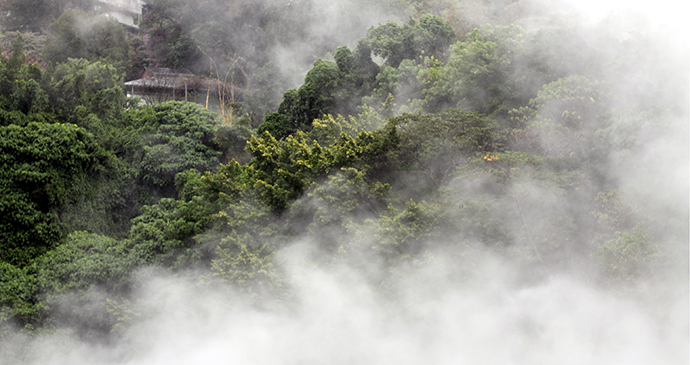
The Ketagalan people, the lowland tribe that dominated the Taipei Basin until the 1700s, knew about and made good use of the scalding waters. They called the Beitou-Xinbeitou area Paktaaw (meaning ‘witch’), which eventually morphed into today’s place name.
Exploring Xinbeitou on foot is enjoyable as there’s plenty of shade, not much traffic, fine mountain views and good walkways on both sides of the stream that gurgles down the hill.
Furnas, Azores
Furnas enjoys a hint of the ambience you might find in an English spa town, with the addition of boisterous geothermal activity that adds a tinge of exoticism.
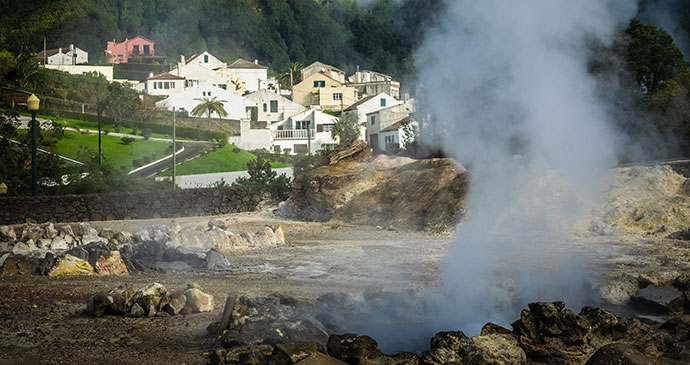
The island’s hot springs with their bubbling water and burping mud appear in all the tourist brochures, and the best place to explore them is Poca da Dona Beija – a group of five smallish thermal pools that is all geared up to let you take a hot dip. Very hot, actually, with average temperatures of 39°C.
More information
Fancy visiting any of these hot springs? Check out our comprehensive guides:
